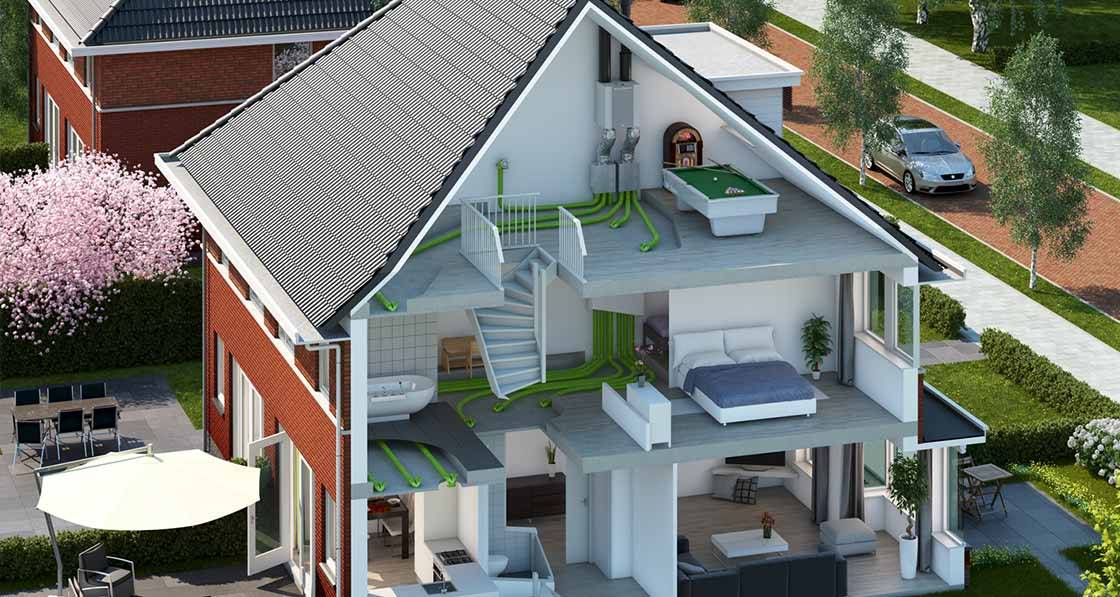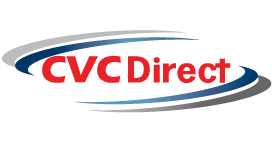
- Marketplace
- Posted
MVHR myths still persist — CVC Direct
This article was originally published in issue 30 of Passive House Plus magazine. Want immediate access to all back issues and exclusive extra content? Click here to subscribe for as little as €10, or click here to receive the next issue free of charge
CVC Direct’s Tim Bartlett told Passive House Plus that two of the biggest misconceptions the company encounters are that MVHR is a heating system, and that it provides air conditioning. It is neither, of course — MVHR provides reliable ventilation by extracting warm moist air from kitchens, bathrooms and WCs and supplying fresh, filtered, warmed air to bedrooms, living rooms etc.
Bartlett says the company also often gets asked what the payback time on MVHR systems is. “There isn’t one,” he said. “The payback comes from the vast amount of insulation it allows to be used in an airtight house. It will actually cost money to run, typically £30 to £50 per year, but a passive house will save many times this amount on heating bills.”
Another misconception is that it causes a dry atmosphere in a house. “Possibly in Central Europe but not in the temperate climate of UK or Ireland with prevailing winds from the Atlantic.”
Bartlett said that when an MVHR system is installed and working well, the benefits can often go unnoticed. “A frequently heard comment from people with MVHR already installed is that they don’t really know that they have got it — but they wouldn’t be without it.”
“One does not really notice negatives. For example, you don’t notice that there is no condensation on windows, or that there are no mould spots, or that there is much less dust in the house and occupants are generally healthier,” he said.
Bartlett said that while the technical features or economic benefits of MVHR are often the most emphasised, arguably the biggest benefits are to occupant health.








